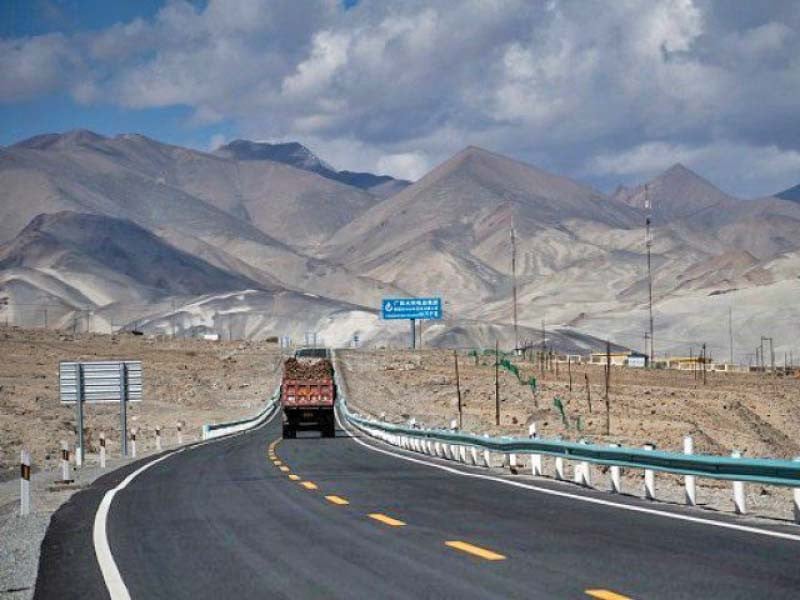
Deputy Chief of Mission at the Chinese Embassy in Islamabad Shi Yuanqiang said Monday the China-Pakistan Economic Corridor (CPEC) has made Pakistan an attractive destination for direct investment.
Speaking at a seminar titled "10 Years of CPEC: Success, Opportunities and Challenges" organised by the Asian Institute of Eco-civilisation Research and Development (AIERD), Shi highlighted CPEC's transformative journey over the past decade.
Shi revealed that CPEC had brought $25 billion in direct investment to Pakistan and entered a new phase of development.
He credited the "1+4" layout designed by President Xi Jinping and Pakistani leaders for turning the blueprint into reality. He emphasised that 14 operational energy projects under CPEC now contribute one-fifth of Pakistan's total installed power capacity.
The SK Hydropower Station, connected to the grid, and projects like Lahore's Orange Line and the year-round opening of Khunjerab Pass were cited as key milestones. Progress on Gwadar Port and its industrial free zone, alongside the development of Gwadar New International Airport, was also lauded for unlocking the city's economic potential.
Jamil Qureshi, Secretary of the Special Investment Facilitation Council (SIFC), described CPEC as more than a collection of infrastructure projects, calling it a vision for Pakistan's future.
He underscored the importance of industrial ecosystems and special economic zones (SEZs), highlighting the progress in Rashakai SEZ, Dhabeji SEZ, M3 Allama Iqbal SEZ, and Bostan SEZ.
Qureshi emphasised the government's role as a facilitator, ensuring policies, security, and incentives for industrial growth.
AIERD Chairman Zahid Latif Khan noted the potential of CPEC to deepen Pakistan's financial markets. He highlighted a recent high-powered delegation to China to enhance collaboration on capital market development. He proposed innovative financial instruments like CPEC bonds and Islamic Sukuk to attract local and international investors.
Other speakers elaborated on CPEC's diverse impact. Yu Chao from PowerChina called the initiative a symbol of deepening ties between Pakistan and China, while RCCI President Usman Shaukat stressed the need to strengthen industrial linkages, particularly in the active pharmaceutical ingredient (API) sector, where Pakistan remains dependent on imports. Retired Maj Gen Samrez Salik underlined the importance of ensuring security for Chinese personnel and projects, while Nabila Jaffar emphasised women's participation in CPEC projects, citing examples from Thar and Gwadar. Scholar Hassan Daud Butt noted the initiative's role in fostering women's empowerment and economic growth in remote regions.
Hamza Orakzai, STZA's CMDO, highlighted Pakistan's burgeoning IT sector, which has grown from $900 million in exports in 2018 to $3.2 billion last year.
He urged greater collaboration with China in technological innovation.
Journalist Aun Sahi criticised the lack of early media planning for CPEC and called for better communication strategies to inform the public about the initiative's benefits.
Concluding the seminar, AIERD CEO Shakeel Ahmad Ramay cited a study estimating that without CPEC energy projects, Pakistan would lose $15-20 billion annually.
He called for joint mechanisms between Pakistan and China to ensure the corridor's security and sustainability, emphasising its role in shaping Pakistan's economic future.











1726722687-0/Express-Tribune-Web-(9)1726722687-0-270x192.webp)












COMMENTS
Comments are moderated and generally will be posted if they are on-topic and not abusive.
For more information, please see our Comments FAQ